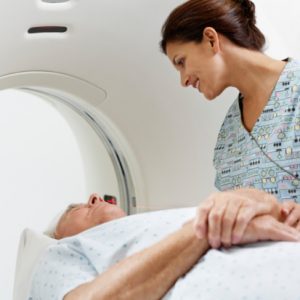
When a heart attack occurs it causes damage to heart tissue. This damage can either impair the functioning of the heart or even lead to death. Researchers note that, although heart attacks are dangerous in general, they are more dangerous when damage is done to the left ventricle. The left ventricle is larger and more powerful than the right.
By being able to accurately determine the damage done after a heart attack doctors are able to prescribe more effective treatment. To determine heart damage after heart attack, doctors observe ejected blood during a heartbeat – ejection fraction – unfortunately, this does not fully reveal which area of the heart is damaged. Instead it is more effective to use MRI with a contrast agent, but even this method has limitations.
Therefore, researchers decided to combine strategies to get a better, fuller picture of a damaged heart. Still using MRI, researchers created a 3D model of the left ventricle. They used the model to construct regional ejection fraction and determine the changes that occurred in left ventricle surface area when the heart beats – regional area strain.
Teo Soo-Kng from A*STAR said, “Our method is not just useful for diagnostics, but also potentially for monitoring. It could ultimately be used for clinicians to assess how well the patient responds to treatment – for example, whether the degeneration of the heart function stabilizes or continues.”
Soo-Kng concluded, “We are trying to reduce the time frame. At the moment it can range from days to a week – but we’re aiming to get it down to around half an hour or even less.”
The findings were published in the Journal of The Royal Society Interface.